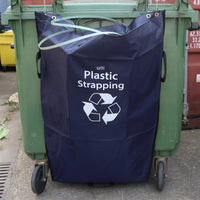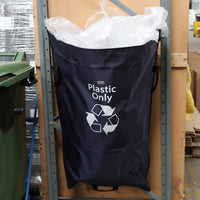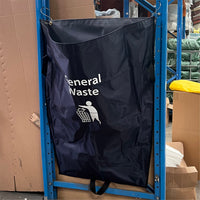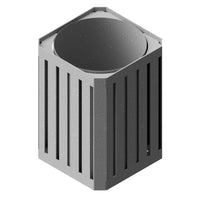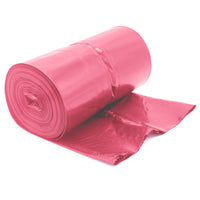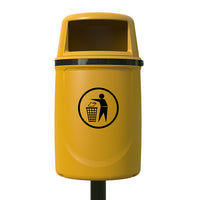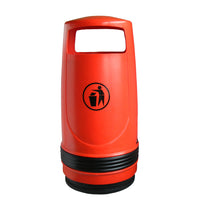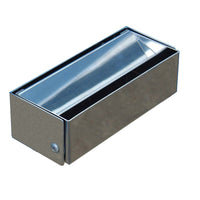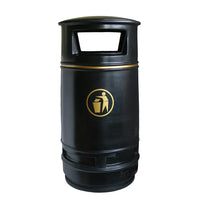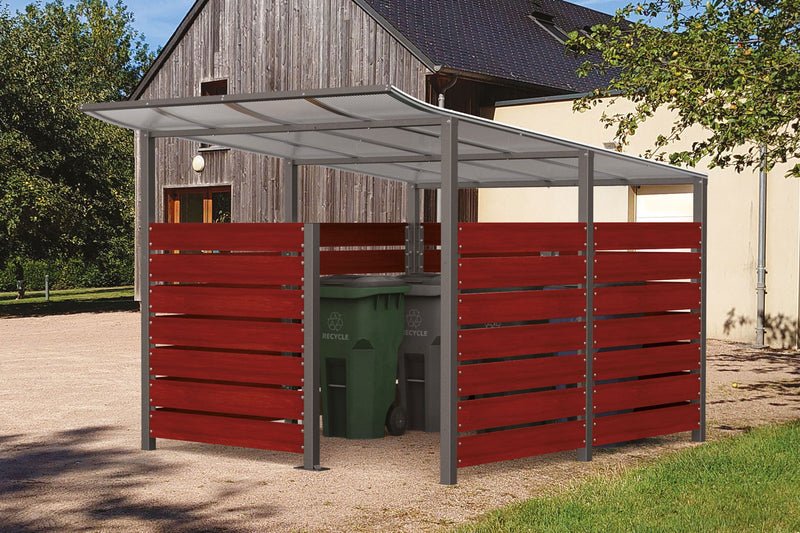Getting the best bin for your needs
Before choosing a bin for your outdoor space, consider the following:
Capacity
Assess the volume of waste generated in your open space to determine the appropriate bin size.
Material
Look for bins made from durable materials that are suitable for outdoor use. Weather-resistant materials like stainless steel or UV-resistant plastics ensure longevity and maintain the bin's appearance year-round.
Functionality
Look for features that improve usability, such as easy-access lids, secure closures, and efficient waste disposal mechanisms. Some bins include separate compartments for recycling and general waste, promoting responsible waste sorting.
Accessibility
Ensure the bin is accessible to everyone, including children and individuals with mobility challenges.
Maintenance Requirements
Evaluate the ease of cleaning and maintaining the bin. Choose bins with smooth surfaces to simplify the cleaning process and ensure replacement parts are easily obtainable.
Security
In public spaces, particularly where security is a concern, opt for bins equipped with features like lockable lids to prevent unauthorised access or tampering, deterring vandalism or misuse.
Environtmental Impact
Consider the environmental impact of the materials used in the bin in relation to its expected lifespan. Does it align with sustainability goals? This is especially important for recycling bins.
Cost
Keep in mind that investing in a high-quality, durable bin may be cost-effective in the long run due to lower maintenance and replacement costs over its lifetime.
Local Regulations
Be aware of any local regulations or guidelines governing waste management in outdoor spaces in your area.











